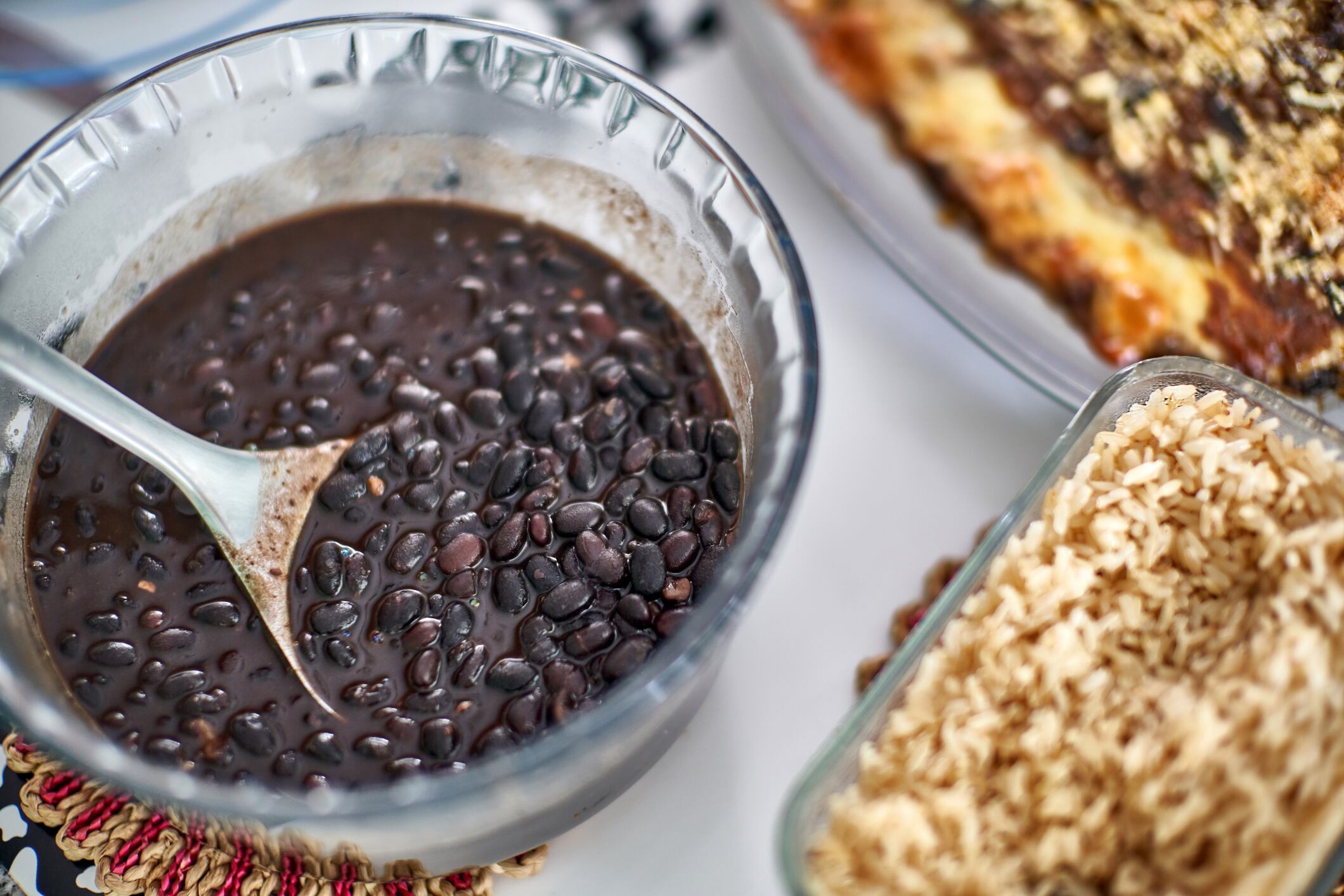Is protein and fibre ‘maxxing’ ending soon – key trend summary
- Consumers are shifting focus from nutrient quantity to dietary diversity
- Fibre consumption will grow but ‘fibremaxxing’ culture will decline
- Protein intake will remain high but growth will begin to flatten
- Diverse sources like legumes, seeds and grains will gain popularity
- Industry experts say varied diets support better overall health outcomes
The year of 2025 has been the year of protein and fibre. The two ingredients have dominated functional ingredients, with consumers flocking to products that promise their abundance.
High protein and high fibre claims have both skyrocketed, while fibre consumption particularly has been boosted by social media trends such as “fibremaxxing”.
But this could all change. Market analytics company Mintel predicts that in 2026, consumers will diversify the sources of protein and fibre they consume, moving away from “maxxing” towards a more varied diet.
If Mintel is right, protein and fibre consumption won’t vanish, but consumers will think about them differently.
How consumers will diversify protein and fibre
Consumers are unlikely to stop eating significant amounts of protein and fibre. In fact, the market for fibre in particular is expected to grow in 2026, while the growth curve of protein will simply flatten.
Nevertheless, the culture of “maxxing” on these nutrients is expected to decline, as consumers begin to value diversification more.
“The emerging interest in dietary diversity is where we think protein and fibre are going to move towards”, explains Alice Pilkington, principal analyst at Mintel.
Consumers will focus on diversifying the sources of their protein and fibre, focusing less on getting as much of these ingredients as possible and more on getting them from a broad range of foods.
Consumers may look at combining different sources of plant-based proteins which will add up to nutritionally ‘complete’ proteins (plant-based proteins are rarely complete by themselves). For example, the combination of rice and beans creates a complete protein.

In terms of fibre, consumers will be attracted to ingredients that once had a “dusty” image, such as wheat bran, chia seeds, and hulled hemp seeds, as well as legumes, dried fruits and nuts.
Voices in industry are also looking to the importance of dietary diversity.
Dietary diversity is important for consumers, explains nutritionist Lily Keeling, senior recipe development manager at meal kit company Green Chef.
“Dietary diversity is crucial because no single food contains all the nutrients our bodies need for optimal health and disease prevention.”
The consumption of a wide variety of foods, she explains, provides consumers with a wider range of macro and micronutrients, as well as polyphenols and beneficial bacteria, that work synergistically for health.





